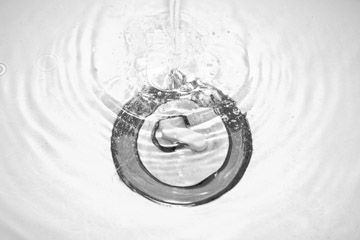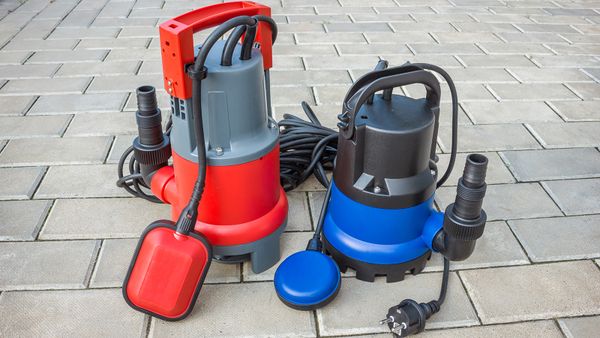Sewage is wastewater that can be hazardous to the environment, which is why we don't want raw sewage to get into the groundwater or other bodies of water. Besides being very smelly, sewage that gets into the drinking water supply, or bodies of fresh water or sea water, can do a great deal of damage to just about every element in the ecosystem.
Let's start with the water we drink. If what you flush down the toilet or pour down the drain gets into the water supply, harmful and potentially deadly bacteria infect the water and it becomes a health hazard. The bacteria in human waste, such as E. coli, can infect the water and cause disease. Other harmful solids and chemicals in sewage can damage bodies of water that support wildlife. Fertilizers, such as nitrogen and phosphates, encourage algae growth, which blocks sunlight and affects the quality of the water. Bacteria use up oxygen in the water as they decompose the organic material in the wastewater, and the resulting lack of oxygen in the water kills the fish. The solids in sewage cause the water to appear dark and murky, which also affects the ability of fish to breathe and see around them.
Advertisement
Every element of sewage does damage to the environment, whether it has a direct affect on wildlife, on the ability of the environment to support aquatic life forms, or on our water supply. Sewage needs to be treated so that it doesn't impact the environment. Treatment plants for wastewater and laws against pouring untreated sewage directly into the environment are meant to prevent this from happening.
Advertisement


